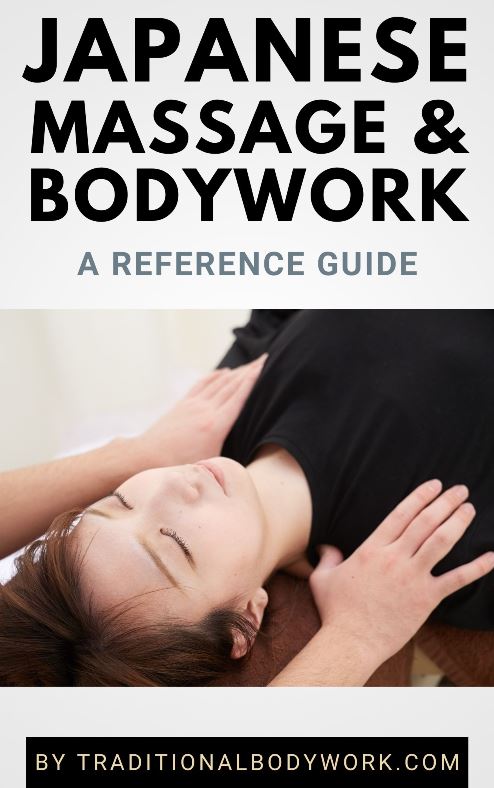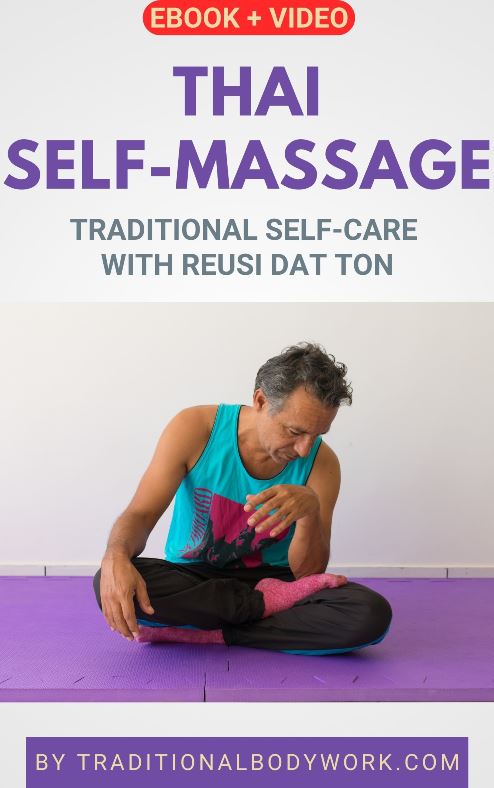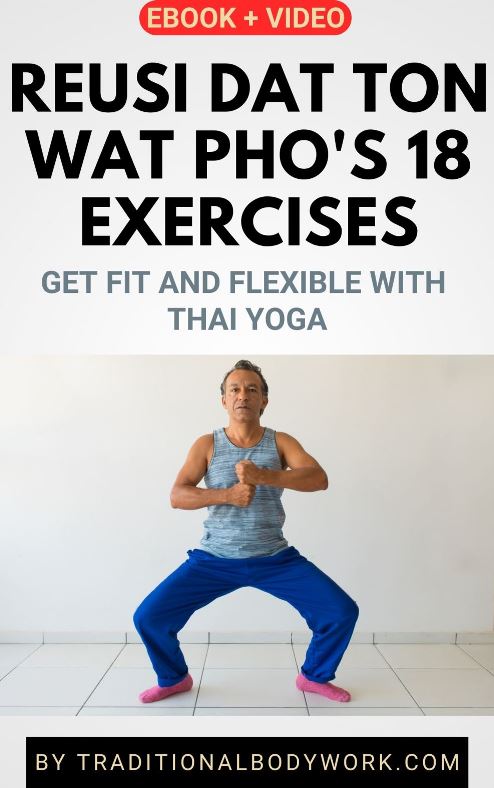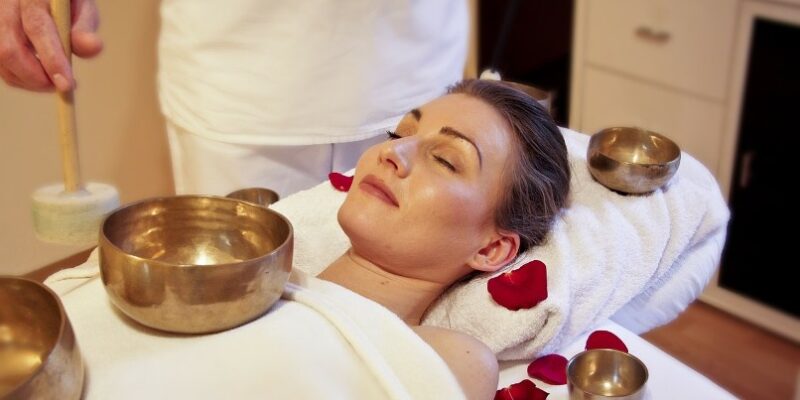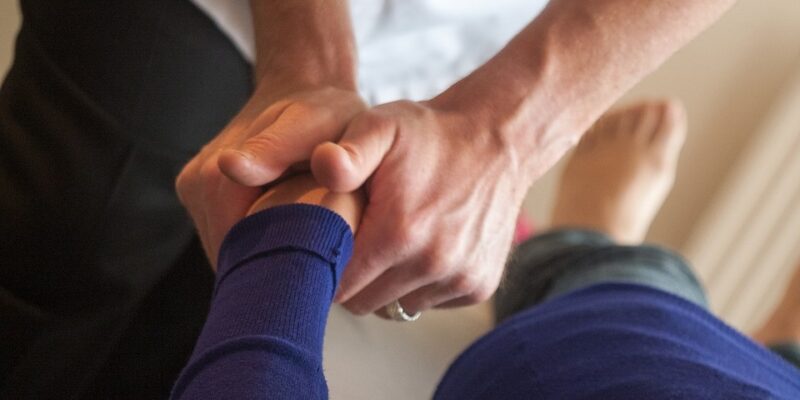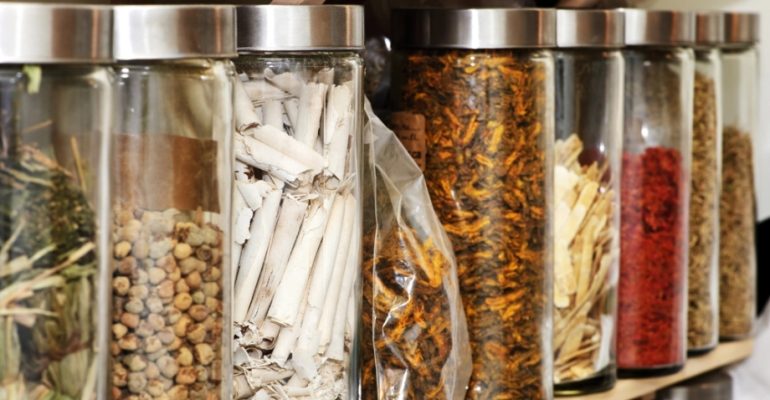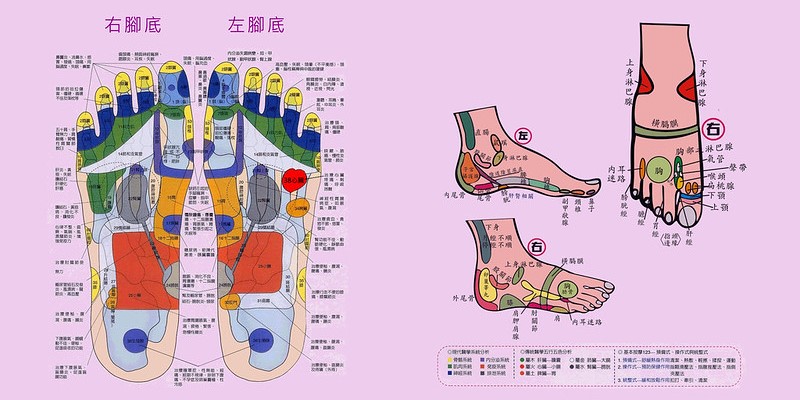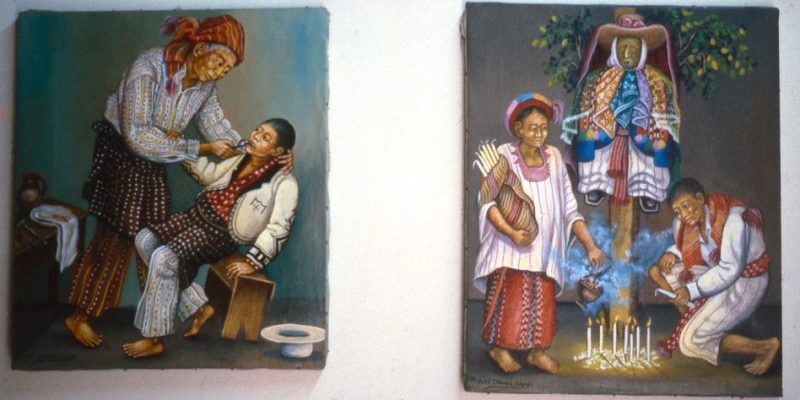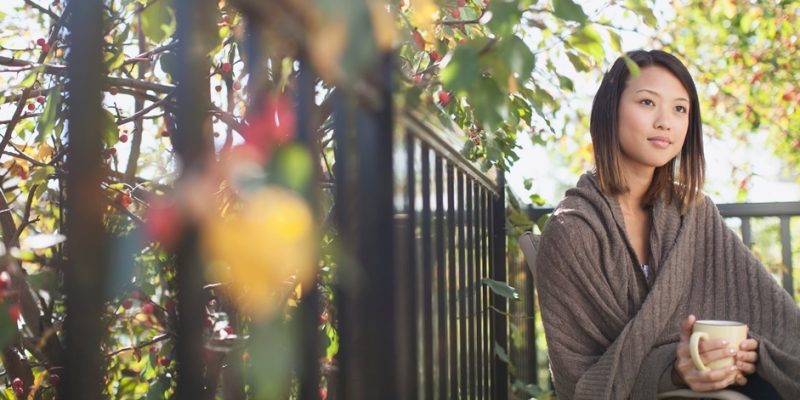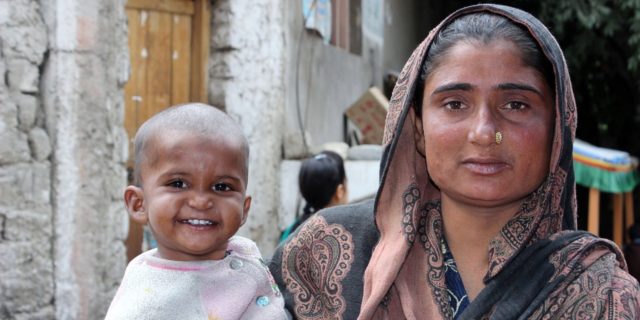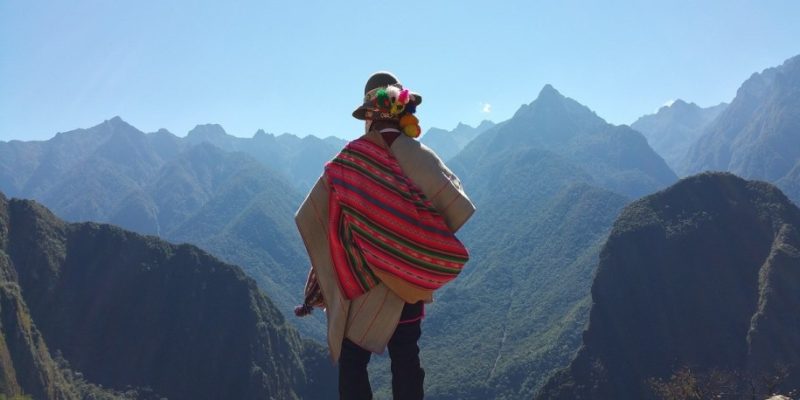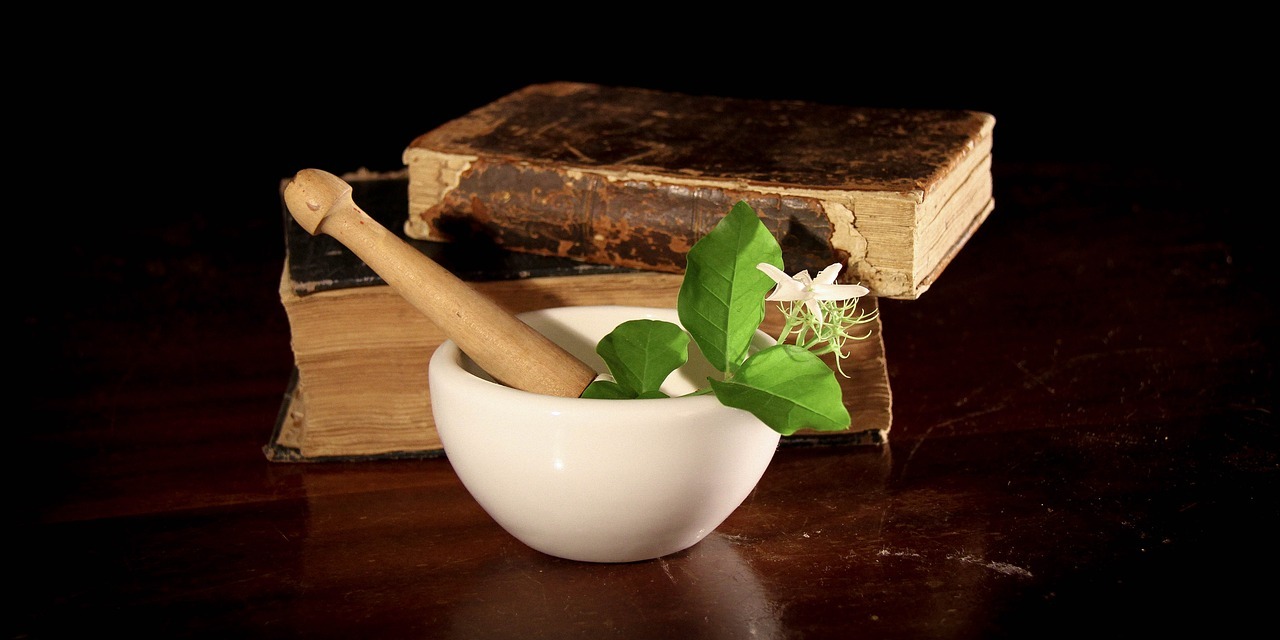
Hilot is a popular and much used traditional healing system in the Philippines but its origins are rather unclear, although it’s assumed to have originated from both Chinese and Indian Ayurvedic traditional medicine. It’s practiced widely on all the islands of the Philippines, but Hilot may appear by different names, and practices may vary across the regions.
The Treatment
Hilot, also called Masahe, Pagmasahe, or Paghilot (meaning “massage” or “rubbing” in the Filipino language and in the Filipino Tagalog dialect) is a holistic healing modality that takes the whole person into consideration, that is, spirit, mind/emotions and body, and regards health as the state of harmony among these three factors.
The actual Hilot work uses of a mixture of techniques such as massage, acupressure, chiropractic, cupping, lifestyle advice, incantations, prayers, spells, heat treatments, herbal treatments, herbal baths, and dietary prescriptions.
Hilot therapy sessions don’t follow a fixed pattern or sequence, but are guided by the particular needs of the client at hand.
The Albularyo or Manghihilot
The Albularyo (Herbalist) or Manghihilot (Traditional Masseur, Midwife or Hilot Practitioner) will explain Hilot as a healing modality that works through Espirito (Spirit), Encanto (Elementals), and Kulam (Spells). It’s part of the reason why Hilot is being looked upon with some skepticism by conventional Western medicine.
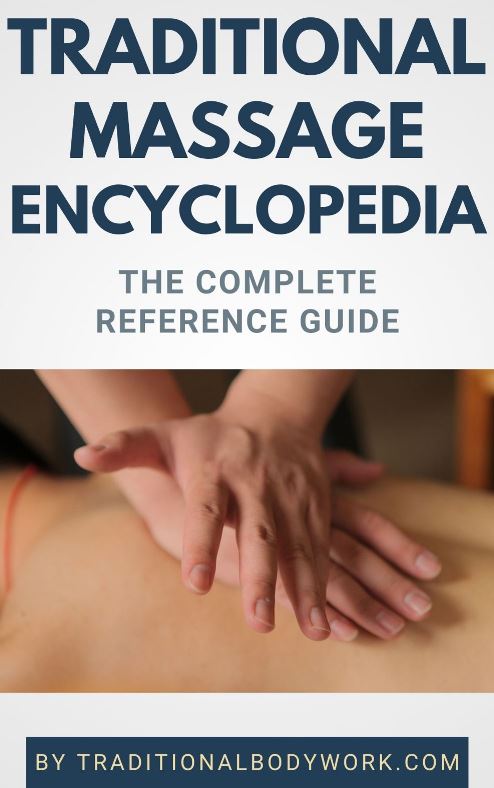
Many Hilot traditional healers in the Philippines don’t have a formal training. The skills are passed down from generation to generation.
Usually, Albularyos and Manghihilots do not charge a fixed price for treatments, but a voluntary fee or donation is customary. By the way, the Albularyo is often also a Manghihilot and vice versa, and the difference between the two is often somewhat vague.
The Manghihilot generally uses a variety of massaging techniques to treat sprains, fractures, and other similar conditions that treat the skeleton, muscles, ligaments, and joints, but herbal remedies, dietary, and life style advice likewise belong to the practice.
Applications
In any case, traditionally, people from the Philippines take Hilot treatments for a wide variety of issues such as:
Pregnancy and Childbirth
The specialized Albularyo or Manghihilot takes care of the mother’s pre-natal needs, including manipulation of the uterus and positioning of the fetus for an easy delivery. Furthermore, assistance is offered in the actual birthing process, and re-alignment of pelvic bones and massage after delivery to speed up the healing process.
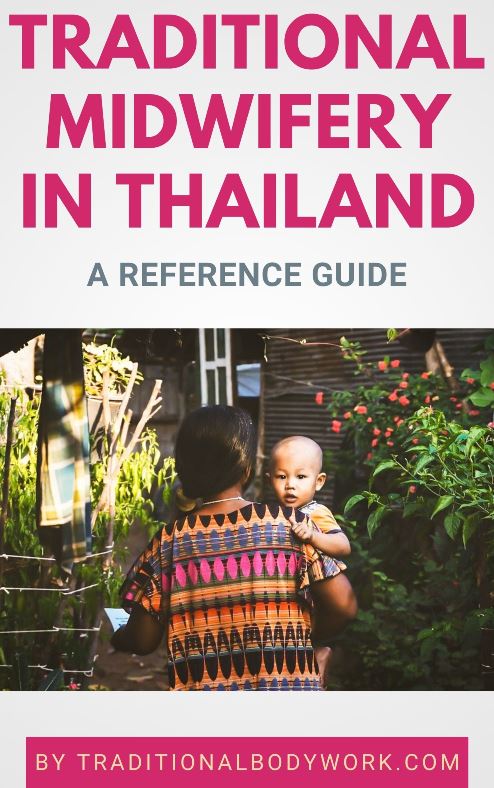
Together with Suob and Banyos (baths) further treatments are given in the afterbirth confinement period, for instance, to prevent stretch marks, cleanse the body (especially the genital organs), or cast away evil spirits and other negative physical influences. Also, couples who want to have a baby go to the Hilot practitioner for advice and treatments.
Suob is an important ritual in the postpartum confinement period that starts two to three weeks after childbirth. Before the actual Suob however, full body Hilot massages are performed by a midwife. These massages are done daily during fourteen to twenty-one days. Bathing in this period, other than sponge baths, is prohibited.
After the massage sessions (about three weeks after childbirth), the Suob starts. Indigenous herbal ingredients are collected and placed in a big wok-like container, at the center of which is placed an indigenous rock of sufficient size for the mother to sit on.
The wok is filled with water and brought to a boil. The decoction is collected and subsequent boilings are done until there is a sufficient amount for bathing.
The Hilot bathes the mother sitting on the rock. Later, a steaming treatment — using Chinese and local incenses — is performed where the mother (still sitting on the rock) steams with the smoke to cleanse and heal her vagina, uterus and perineal area.
Fractures and Dislocations
Fractured bones are healed with bamboo sticks to immobilize the injured area and with applying herbal packs. But also healing of sprains, bone setting, and muscle alignment are part of the work, making the Hilot practitioner a kind of indigenous chiropractor.
Childhood Illnesses
Common childhood ailments such as fever, cough, colds, chicken pox, and measles are treated by the Hilot practitioner using Hilot Massage, herbs, and specific food.
Diseases and Other Issues
The Hilot practitioner uses Hilot Massage, herbs, foods, incantations and prayers to address various ailments and diseases to restore good health to the patient.
Acupressure and massage, for instance, are used to facilitate the free flow of neurological electricity and energy to the different parts of the body to get rid of health problems.
But also advice is given on matters in the local community about, for instance, conflicts among neighbors, marriage partners, and locating missing persons, among other things. And last but not least, exorcism and “witchcraft” can be an additional specialty of a Hilot traditional healer.

